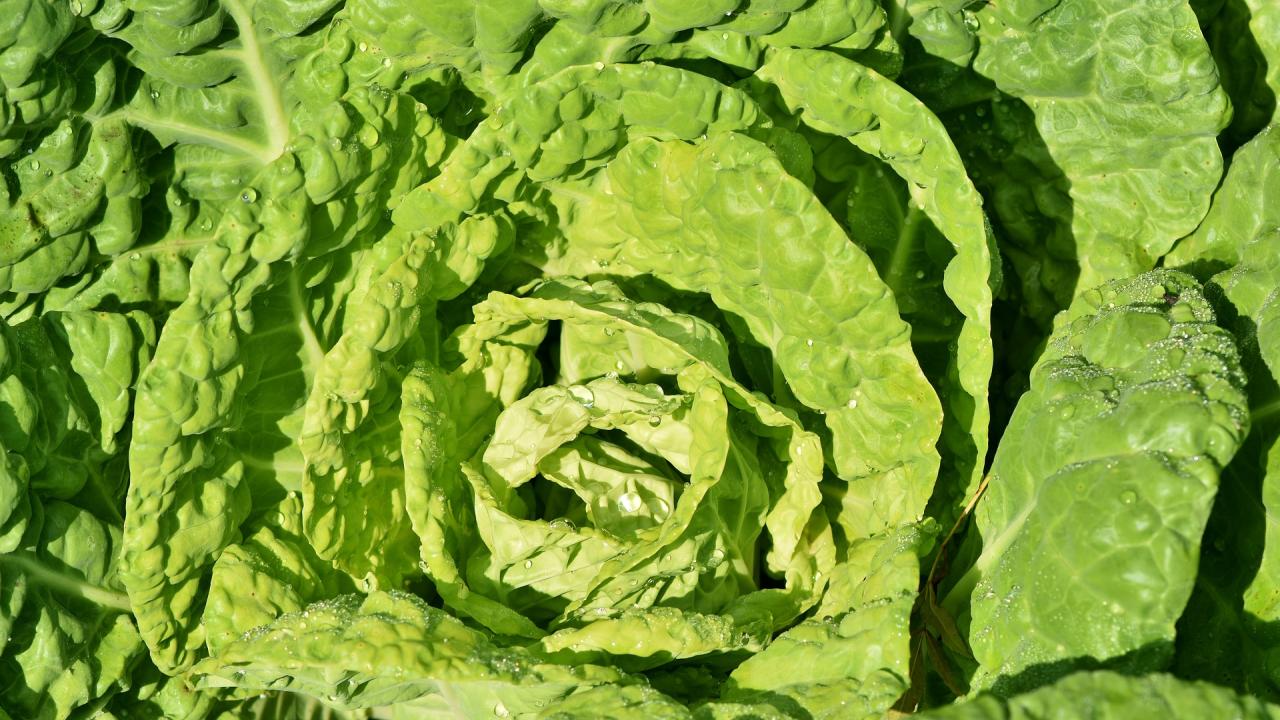
Recent Publications: September & October 2020
Genome Sequence of Verticillium dahliae Race 1 Isolate VdLs.16 From Lettuce
This recent publication by Chen et al. in Molecular Plant-Microbe Interactions presented a high-quality reference genome sequence of Verticillium dahliae race 1 isolate VdLs.16, which is an important fungal pathogen of crop and ornamental plants. This resource is a building block for future research on pathogenicity and population diversity. Read the full article here.
Genetics of Partial Resistance Against Verticillium dahliae Race 2 in Wild and Cultivated Lettuce
In Phytopathology, Sandoya et al. investigated the resistance of lettuce to Verticillium dahliae race 2. The authors found that resistance to race 2 is complex but a common quantitative trait locus (QTL) on linkage group 6. Read the full article here.
Identification of Factors Affecting the Deterioration Rate of Fresh-Cut Lettuce in Modified Atmosphere Packaging
Peng et al.'s recent publication in Food and Bioprocess Technology researched the factors affecting fresh-cut lettuce stored in modified atmosphere packaging. The authors found that several factors either negatively or positively affected storage of lettuce and provides insight into factors that need to be optimized in modified atmosphere packaging. Read the full article here.
Multigenerational and Transgenerational Effects of Environmentally Relevant Concentrations of Endocrine Disruptors in an Estuarine Fish Model
In Environmental Science and Technology, DeCourten et al. investigated whether toxicant exposures in a parental generation affects unexposed F1 or F2 generations. The findings from this study suggest that assessments across multiple generations are key to determining the magnitude of adverse effects from exposure to toxins. Read the full article here.
Multiple Loci Control Variation in Plasticity to Foliar Shade Throughout Development in Arabidopsis thaliana
Ta et al.'s publication in G3 investigated the developmental mechanisms resulting in the morphological and phenological responses to shading. The authors found considerable heterogeneity among the quantitative trait locus (QTL) effects across populations, suggesting allelic series at multiple QTL or interactions between QTL and the genetic background or the environment. Read the full article here.
Identification of major quantitative trait loci controlling field resistance to downy mildew in cultivated lettuce (Lactuca sativa L.)
This recent publication by Parra et al. in Phytopathology determined the downy mildew resistance genes in crosses between the field resistant lettuce cultivars Grand Rapids and Iceberg and susceptible cultivars Salinas and PI491224. The findings of this study indicate that marker-assisted gene pyramiding of multiple Dm genes in combination with QTLs for field resistance can improve the resistance of lettuce to downy mildew. Read the full article here.
